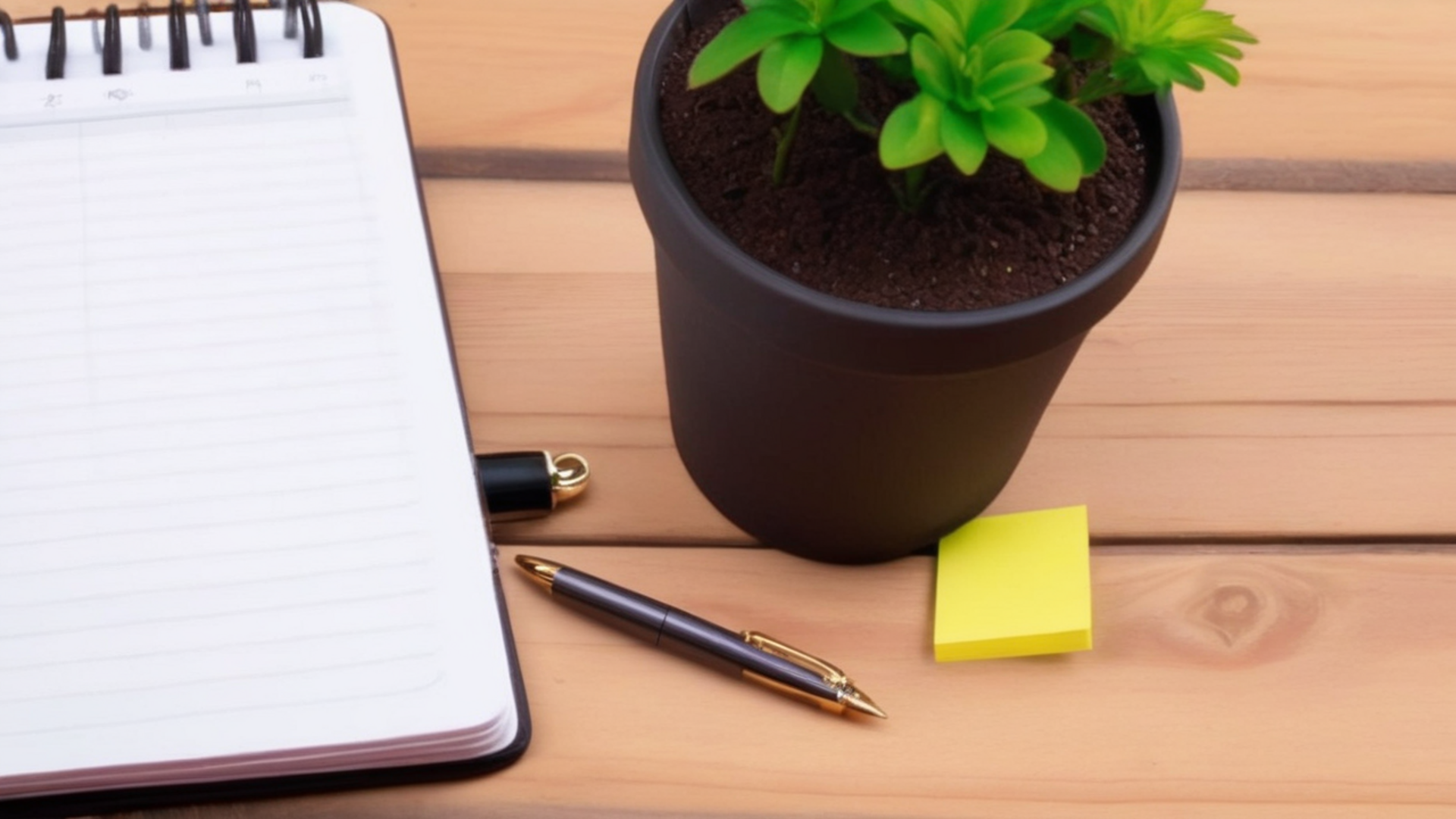When emotions surge, ground yourself in the now: Simple sensory techniques—like tuning into breath, touch, or surroundings—can steer you toward calm and control during stress storms.

Grounding yourself during times of emotional swings can be incredibly helpful in managing stress and anxiety. Grounding techniques are designed to bring you back to the present moment, helping you focus on your surroundings and sensory experiences rather than getting caught up in overwhelming thoughts or feelings. This is especially useful for people dealing with conditions like anxiety, PTSD, or bipolar disorder, as it helps regulate emotions and maintain a sense of calm.
By shifting your focus to the physical world around you, you can begin to feel more centered and in control. Grounding encourages you to engage your senses—sight, sound, touch, smell, and taste. For example, noticing the colors and textures of objects in your room, listening to the sounds outside, or feeling your feet connected to the ground can be powerful grounding tools. Practicing these techniques regularly, even when you're not feeling anxious, can make them more accessible when you need them most.
One of the simplest grounding techniques is to take slow, deep breaths while focusing on your breath or heart rate. This helps slow down your body's natural stress response, which often includes rapid breathing and heightened heart rate. You can also try visualizing a calm place or remembering happy memories to help soothe your mind and body. Another effective strategy is using positive affirmations or kind self-talk, similar to speaking to a child, to reassure yourself that you are safe and capable of managing your emotions.
In addition to these mental practices, physical grounding can be very effective. This involves engaging your body in activities that provide a tangible connection to the present moment. For example, you might put lotion on your skin, drink water, or stretch your muscles. These small actions can help your body feel more grounded and relaxed. You can also use a touchstone or talisman—a small object you find comforting—to help anchor your sense of presence.
When you feel emotionally dysregulated, your body often enters a state of fight, flight, or freeze. Grounding helps move you away from these stress responses by connecting you back to your body and the world around you. By practicing grounding regularly, you become better at recognizing when you're getting overwhelmed and can intervene earlier to manage your emotions.
Grounding isn't about avoiding your feelings but rather about learning to manage them effectively. It teaches you to stay present and focused, even when emotions feel overwhelming. By integrating grounding techniques into your daily routine, you can develop a stronger sense of emotional resilience and balance, helping you navigate life's challenges with greater ease and confidence.
In the end, grounding is a versatile tool that can be adapted to fit any situation or environment. Whether you're dealing with anxiety, stress, or other emotional challenges, these techniques can provide a sense of stability and calm, helping you feel more grounded and centered in the present moment.
KEYWORDS
stress, relax, calm, breathMOST READ
MORE TO READ

Creating Effective Systems For Growth
Building effective systems is crucial for business growth, fostering efficiency, consistency, and adaptability. These systems ensure scalability, inform strategic decisions, and drive long-term success.

How to positive thinking
Discover how embracing positive thinking can transform your daily experiences by focusing on gratitude, reframing negative thoughts, and cultivating optimism through simple yet powerful practices.

Why Your Brain Loves Silence
Find peace and mental renewal in silence. Research shows that quiet moments nourish the mind, enhancing creativity, emotional balance, and mental clarity.

Fall in Love With Ordinary Moments
True romance isn’t about grand gestures—it’s the quiet magic of shared routines, comforting silences, and small acts of kindness that build enduring love. Find joy in life’s ordinary moments together.


